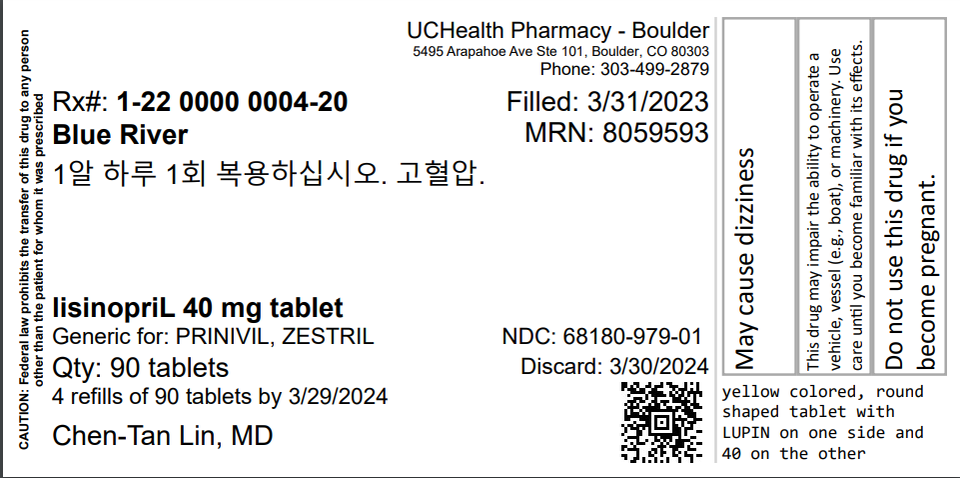UCHealth introduced a new program that will change how non-English speakers take their medications.
The new program translates prescription labels for certain medications into 26 different languages including Spanish, Arabic, Russian, Korean, Vietnamese, French and others.
An estimated 47.2% of Coloradans take at least one prescription medication, according to the Colorado Health Institute. For some those medications are short-term for illnesses such as the flu. However, a majority of people take at least one prescription medication for chronic conditions such as heart disease, cancer, diabetes and even depression.
More than 16.2% of Coloradan households speak a language other than English at home, according to the Migration Policy Institute. The prescription translation program is designed to help non-English speakers avoid confusion when taking their medications, according to a news release from UCHealth.
“A recent study of parents with limited English proficiency showed they were twice as likely as English-speaking parents to make mistakes giving liquid medications to their children. Another study showed patients with limited English proficiency had lower medication-related self-efficacy scores, putting them at greater risk for medication errors,” said Scott Suckow, director of language services at UCHealth.
Access to translated medication labels will increase the number of UCHealth patients who better understand their prescription instructions, which the health system says will also improve safety and patient outcomes.
“Providing medication label instructions in a patient’s preferred language supports our mission to improve lives. Ensuring that patients clearly understand how to take their medications impacts their medication adherence, particularly given the importance of medications in treatment of chronic conditions,” said Amy Gutierrez, UCHealth’s chief pharmacy officer.
The program launched in February and UCHealth pharmacies have dispensed over 2,000 translated prescription labels since.
For patients to receive a translated label, they must select a primary language in their electronic health records. When a prescription is filled, the system determines if there is a translation in the database that accurately describes how the medication is to be used.
According to UCHealth, most of the commonly used descriptions are included in the database. However, should a description not be included, patients can use an UCHealth interpreter to speak with their provider or pharmacist, the news release states.



